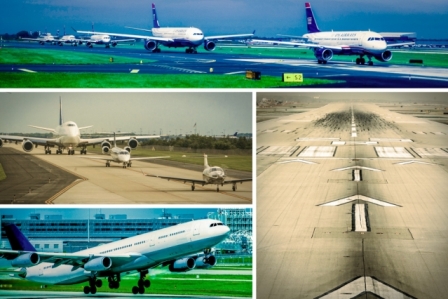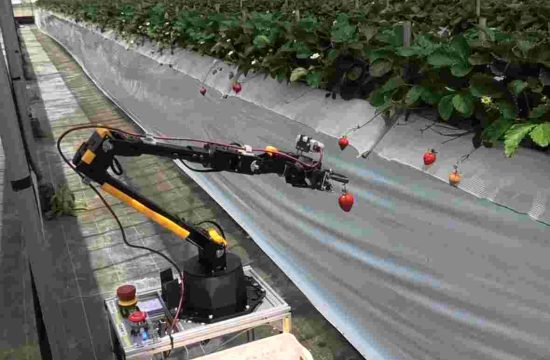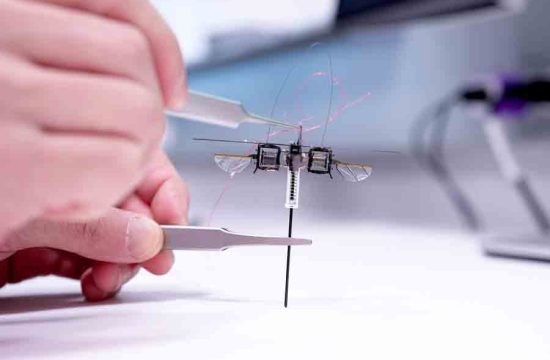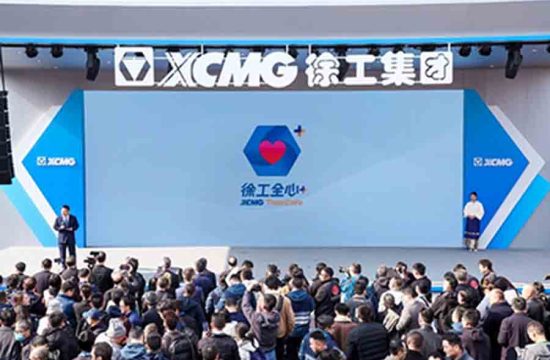Model that predicts time from gate departure to takeoff could cut airport congestion, fuel waste.

Image: MIT News
CAMBRIDGE, Mass. — Most frequent fliers are familiar with long lines at airports: at the check-in counter, the departure gate, and in boarding a booked flight.
But even after passengers are buckled in, the waiting may continue — when a plane leaves the gate, only to sit on the tarmac, joining a long queue of flights awaiting takeoff. Such runway congestion can keep a plane idling for an hour or more, burning unnecessary fuel.
Now engineers at MIT have developed a queuing model that predicts how long a plane will wait before takeoff, given weather conditions, runway traffic, and incoming and outgoing flight schedules. The model may help air traffic controllers direct departures more efficiently, minimizing runway congestion. For example, if a controller knows that a plane is unlikely to take off for half an hour, he may choose to keep the plane at the gate to avoid contributing to runway backups.
[pullquote]To prevent extended runway queues, Balakrishnan and Simaiakis developed a model to predict taxiing time. [/pullquote]
Hamsa Balakrishnan, an associate professor of aeronautics and astronautics and engineering systems at MIT, says that in tests at various U.S. airports, the model encouraged controllers to hold flights back during certain times of day, leading to significant fuel savings.
“In our field tests, we showed that there were some periods of time when you could decrease your taxi time by 20 percent by holding aircraft back,” Balakrishnan says. “Each gate-held aircraft saves 16 to 20 gallons of fuel, because it’s not idling. And that adds up.”
Balakrishnan and former graduate student Ioannis Simaiakis have published their results in the journal Transportation Science. The team is working on airports across the country to further test the model.
How long until takeoff?
A number of factors can contribute to airport congestion, which can create nose-to-tail traffic jams among departing flights. In 2007, Balakrishnan analyzed departure operations at John F. Kennedy International Airport, Newark Liberty International Airport, and Philadelphia International Airport, and showed that these hubs were congested 10 to 20 percent of the time: At Newark, passengers traveling during congested periods experienced average runway taxiing times of 52 minutes, versus 14 minutes during less busy periods.
Balakrishnan says individual decisions on when planes push back from gates can contribute to the problem.
“It’s mostly on the fly,” she says. “Sometimes, if there is a controller with a lot of experience or intuition, they might actually decide they’ll hold aircraft back. Historically, though, they don’t, they just let everybody go. Which is why you have queues of 40 aircraft waiting at the runway. And you want to avoid that.”
To prevent extended runway queues, Balakrishnan and Simaiakis developed a model to predict taxiing time. The model consists of two modules; the first calculates a plane’s travel time from the gate to the departure runway, taking into account any interactions with other arriving and departing flights. For instance, a plane headed toward a clear runway may have to cross an active segment, causing a delay in its taxiing. The second module estimates an individual runway’s queuing delay — the time it takes for a plane to take off after joining the queue for takeoff.
The model factors in a number of inputs, including visibility conditions, pushback times of departing flights, and runway configuration, and determines outputs including the number of takeoffs every 15 minutes, the total number of aircraft taxiing out, the number of aircraft waiting in line for takeoff, and how long an aircraft will likely have to wait before takeoff.
Readying for departure (metering)
Balakrishnan and Simaiakis tested the model using data from the Federal Aviation Administration’s Aviation System Performance Metrics database, which contains pushback times and takeoff times for every flight departing from 77 major U.S. airports. The database also includes runway configurations and local weather conditions at each airport.
The team used 2011 data from Newark Liberty to train the model, then used the model to predict airport congestion and the length of takeoff queues, using pushback times from 2007 and 2010. The researchers found that the model’s results matched actual data from both years, predicting the length of queues, plus or minus two aircraft.
Balakrishnan says the queuing model gives air traffic controllers accurate predictions of what airport congestion would look like if they took certain actions, such as continuously pushing planes back from the gate. Controllers can then use these predictions to adjust their pushback times to avoid runway backup.
“If you predict only 10 aircraft are likely to take off in the next 15 minutes, you probably don’t have to release 25 aircraft from the gate,” Balakrishnan says. “Ultimately, you want to find the right number of aircraft you need to be releasing in order to make sure you don’t have a huge amount of congestion on the ground, and at the same time you’re not starving the runway.”
In addition to Newark Liberty, the team has tested the queuing model at Boston’s Logan International Airport, LaGuardia Airport in New York, Charlotte Douglas International Airport in North Carolina, and Philadelphia’s airport. So far, results suggest that the model may be easily implemented in departure procedures — a crucial goal, as the nation’s aviation system is expected to experience widespread congestion in the coming years.
“In 2022, there’s going to be system-wide congestion, and the belief is [that] most of the benefit of airport operations management is going to come from some sort of departure metering,” Balakrishnan says. “What you need in order to do departure metering is a way to predict what’s actually going to happen, and use that to meter. So we’re building the models to help us achieve that.”
This research was supported, in part, by the National Science Foundation.








